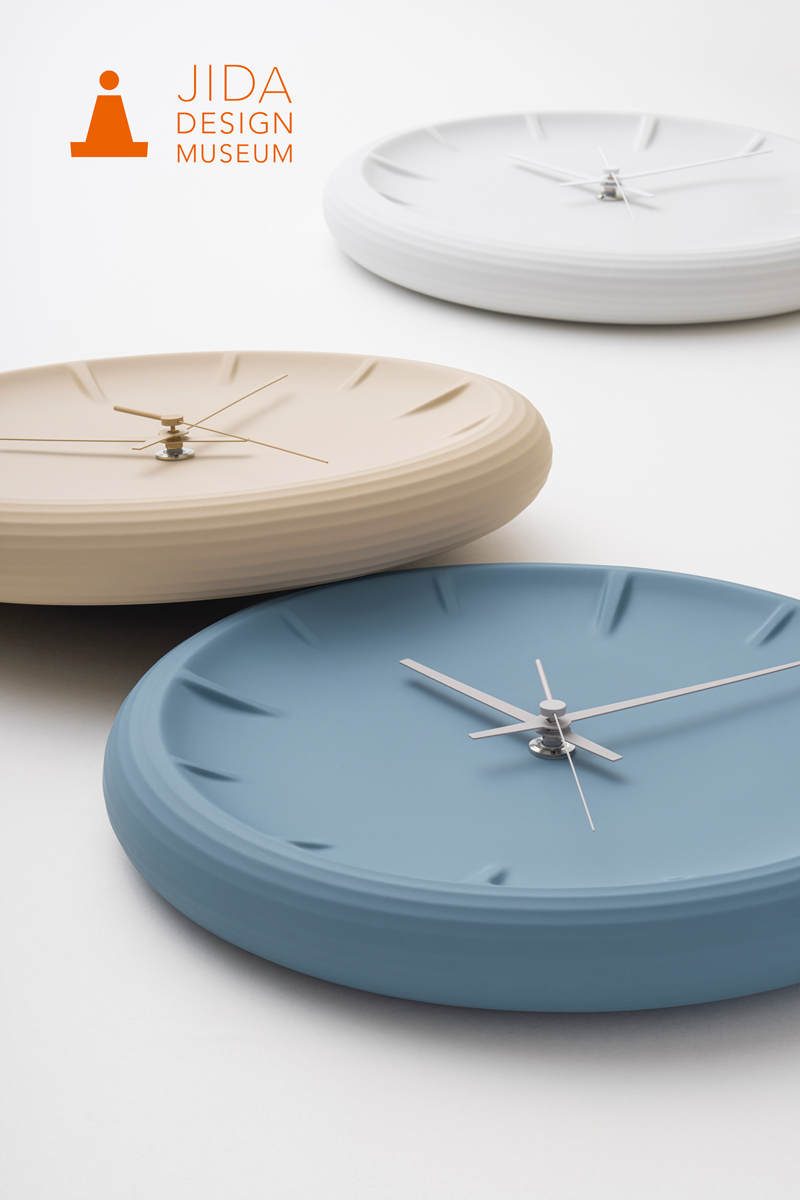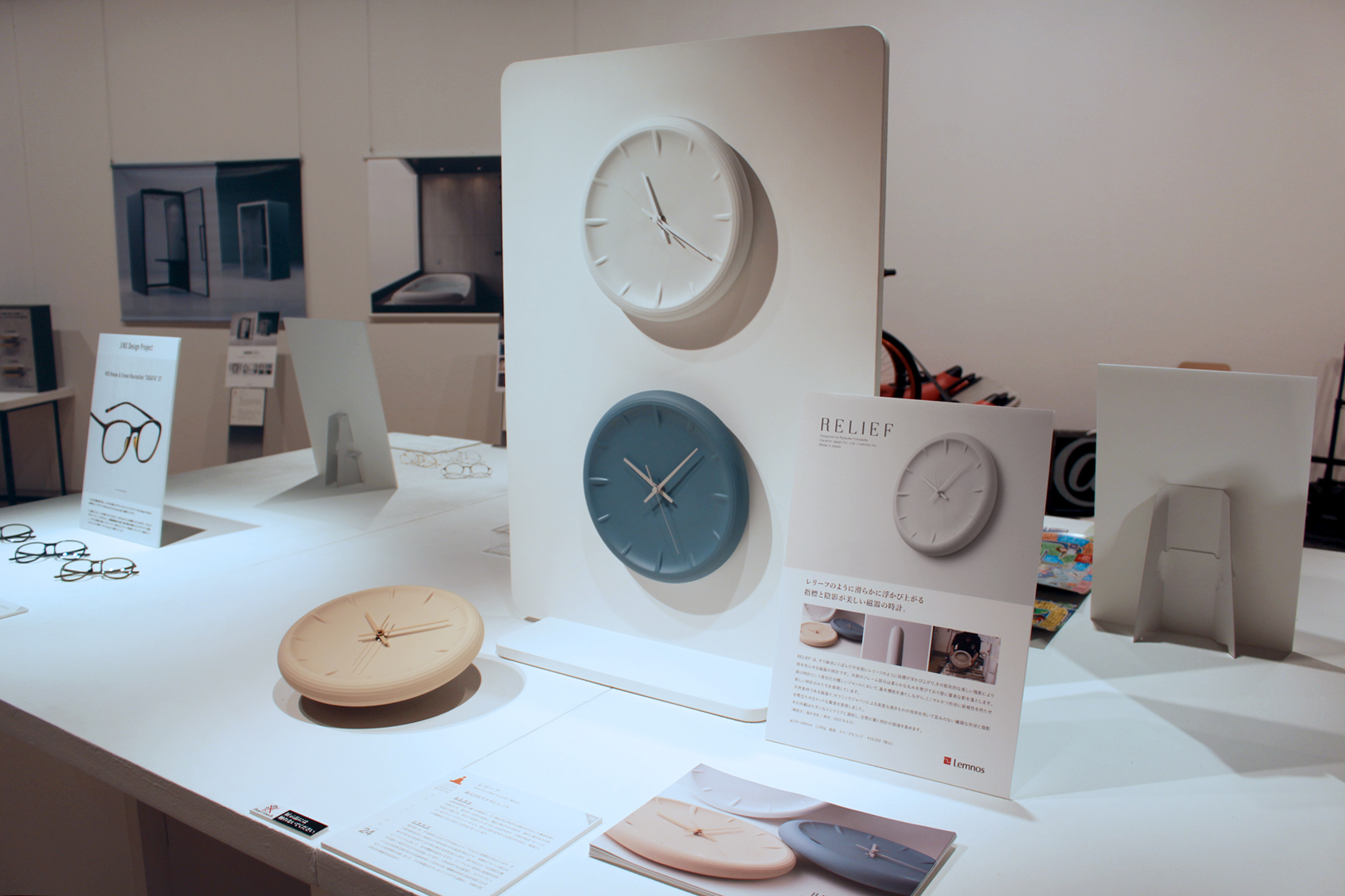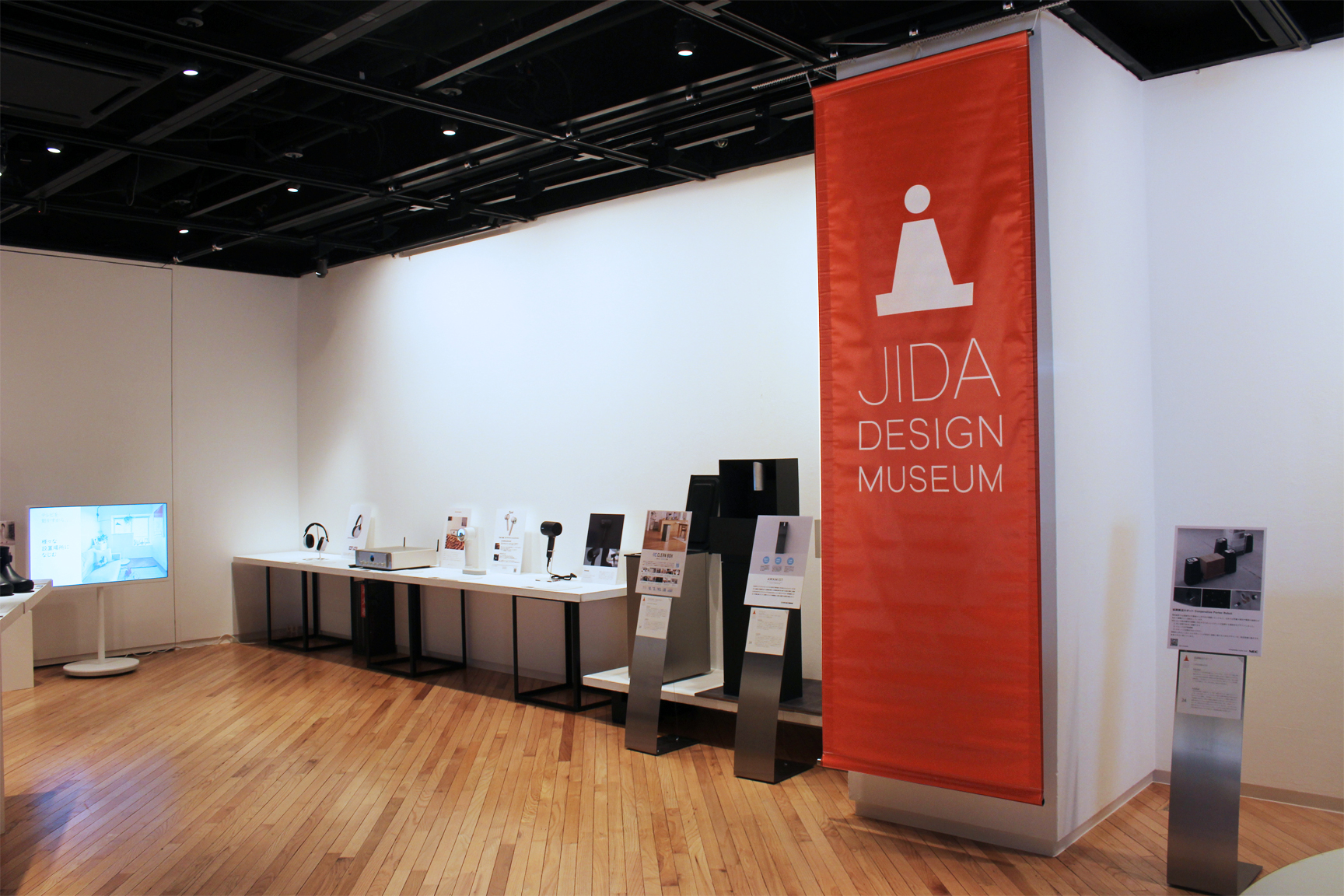RELIEF selected “JIDA Design Museum Selection Vol.24” (Japan)
“RELIEF”, a porcelain clock designed by Ryosuke Fukusada, was selected as “JIDA design museum selection vol. 24” hosted by Japan Industrial Design Association (JIDA).
JIDA Museum Selection vol.24 – RELIEF

JIDA design museum selection vol.24 TOKYO will be held from Wednesday, January 18, 2023 to Monday, January 23 at AXIS gallery located on the 4th floor of AXIS building in Roppongi and selected products will be on display together.
Please drop by there by any means.
Period: January 18, 2023(Wed.) ~ 23(Mon.)
Time: 11:00~19:00(last day 15:00)
Admission free
Place: AXIS gallery (4F AXIS building, 5-17-1 Robbongi, Minato-ku, TOKYO)
JIDA design museum
http://jida-museum.jp/
< RELIEF
RELIEF for Lemnos is a porcelain clock that takes advantage of the characteristics of the manufacturing method called “gabaikomi”, a special type of casting using a liquid ceramic mixture poured into then out of a mould.
The main face of this clock showcases a gentle concave surface like a mortar or pot, as if it is a relief. The time indicators, hands and features stand out in a smooth and minimal way. The clock’s outer frame is softly rounded. It creates delicate shadow on the wall, and fits perfectly into your hands upon handling and installation. Furthermore, there are 12 delicate line textures that symbolise the time on the clock. This is designed to enhance the texture of the material. The thin and relaxed hand fits into the delicate body, completing the aesthetic.
RELIEF for Lemnos is available in three types of colours for the main body: white, which best showcase the texture of the material, and high-quality blue and beige, which are a matte finish and complement the shape of the main body.
Born by the pottery techniques of Ceramic Japan, the Relief clock is a beautiful item that boasts a refined shape with shadows that enhances the quality of the space.
Comments by the Selection Committee
This clock is made of Seto ceramics with traditional techniques, using a process called “gabaikomi”. The long, slender, elongated hands, silently moving and casting shadows on the softly colored surface, have a beauty that is hard to resist. The work makes full use of its individuality as a ceramic piece, with 12 line textures on the circular peripheral frame, and the hour scale is also expressed in an uneven manner.
(Selection Committee / Hideko Fujimoto)


